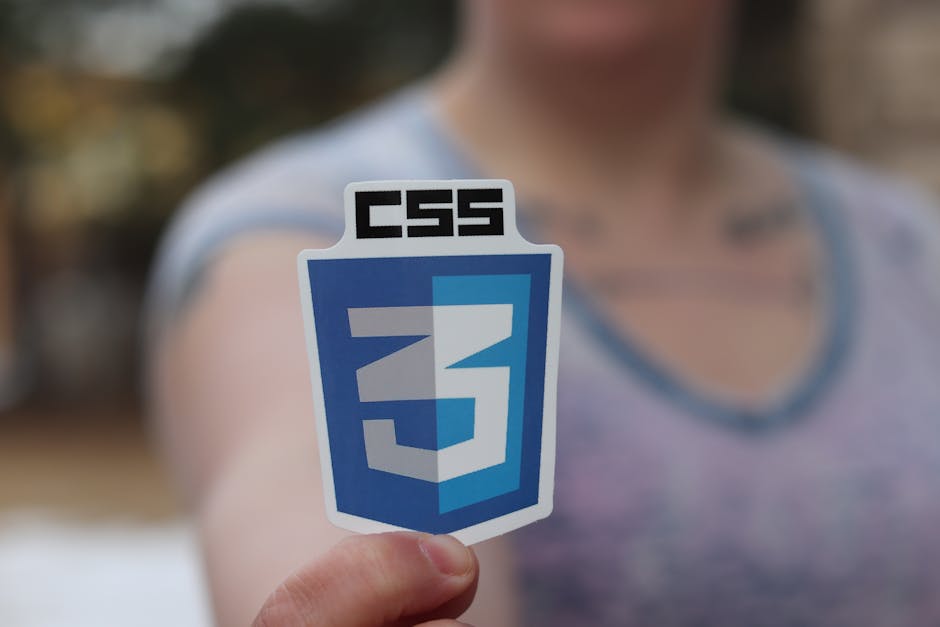Understanding Responsive vs. Adaptive Design
Have you ever wondered why some websites look great on your phone, while others make you squint? This is where responsive and adaptive design come in. These concepts are key to making websites user-friendly across different devices. Lets dive into what these terms mean and how they affect your browsing experience.
What is Responsive Design?

Responsive design refers to websites that automatically adjust to fit any screen size. Whether you’re using a smartphone, tablet, or desktop, a responsive site reshapes itself to provide an optimal viewing experience.
Imagine this: you’re shopping online on your phone. A responsive website will rearrange images and text so you can navigate easily, without needing to zoom in or scroll sideways. it’s all about flexibility.
What is Adaptive Design?

Adaptive design is a bit different. Instead of adjusting fluidly to different screen sizes, adaptive websites detect the device type and load a specific layout tailored for that device. Think of it like a caterer who prepares different menus for various occasions.
For example, if you visit an adaptive site on your tablet, it might offer a layout specially designed for that tablet. This means the design won’t change if you resize or rotate the screen. it’s fixed for that specific device.
How Do They Work?

Both designs aim to improve user experience, but they achieve this in different ways.
- Responsive Design: Uses fluid grids and flexible images. Everything scales up or down based on the screen size.
- Adaptive Design: Utilizes predefined layouts. It offers different versions of the site based on the detected device.
Lets look at an example. When you visit a news website:
- A responsive design might stack articles vertically on a small screen.
- An adaptive design might show a complete article layout designed specifically for mobile users.
Which One Should You Choose?

This often depends on your project needs and goals. Here are some questions to consider:
- What is your target audience using to access your site?
- Do you want a single design that adapts to all devices?
- Or do you prefer separate designs for different devices?
If you’re looking for something quick and adaptable to various devices, a responsive design might be your best bet. If your website has specific needs or content that requires careful presentation, adaptive design could be the way to go.
What Are the Advantages of Each?
Both responsive and adaptive design come with their own perks. Lets break them down.
Advantages of Responsive Design
- Consistent User Experience: Users get the same content on any device.
- SEO Benefits: Google prefers responsive designs, which can help with your sites ranking.
- Single URL: Less confusion since theres only one version of your site.
Advantages of Adaptive Design
- Targeted Experience: Offers a more tailored experience for specific devices.
- Faster Load Times: Since the site loads a specific design, it can lead to quicker page loads.
- Better Control: Designers have more control over how content appears on different devices.
What Are the Disadvantages?
Just like any approach, both responsive and adaptive design have drawbacks.
Disadvantages of Responsive Design
- Complexity: Can be tricky to design because it needs to look good on all sizes.
- Loading Times: A responsive design may load heavier elements even on smaller devices.
Disadvantages of Adaptive Design
- Maintenance: Having multiple versions means more work to keep everything updated.
- Higher Cost: It can be more expensive to create and maintain separate designs.
How to Choose the Right Option for Your Website?
Choosing between responsive and adaptive design depends on various factors.
- Budget: Consider how much you’re willing to spend.
- Content Type: Think about the type of content you’ll display.
- User Behavior: Understand how your audience uses your site.
it’s a good idea to run user testing to see what works best for your visitors. You might find out that a responsive design meets your needs better than adaptive, or vice versa.
How Do They Impact SEO?
SEO is crucial for any website wanting to reach a larger audience. Responsive designs generally get a nod from Google because they utilize a single URL. Here are a few key points:
- Responsive designs reduce the chances of duplicate content.
- Adaptive designs may need separate SEO strategies for each layout.
Remember, good SEO practices are vital regardless of the design you choose. Always focus on quality content and user experience!
What Are Common Misconceptions?
Many people confuse responsive and adaptive design. Here are a few clarifications:
- Responsive design is not just about resizing images. it’s about a flexible layout.
- Adaptive design does not mean creating multiple websites. it’s about crafting different layouts for devices.
Understanding these differences can help you make informed decisions for your website.
what’s the Future of Design?
As technology evolves, design trends may shift. Here are a couple of trends to watch:
- Mobile-First Design: Many developers are now designing for mobile before desktop.
- Progressive Enhancement: This approach focuses on creating a base experience that builds up for more capable devices.
Staying adaptable to these trends will keep your website relevant.
Conclusion: Take Action!
In the world of web design, understanding the difference between responsive and adaptive design is essential. Both have their strengths and weaknesses. The right choice depends on your goals, audience, and content.
Take time to evaluate what fits your needs. Whether you choose responsive or adaptive design, always prioritize user experience. And remember, keep testing and adjusting as technology changes!
For more insights on web design, check out our post on the importance of user experience in web design.
Ready to enhance your websites design? Start by evaluating your current setup and see what changes can be made!



